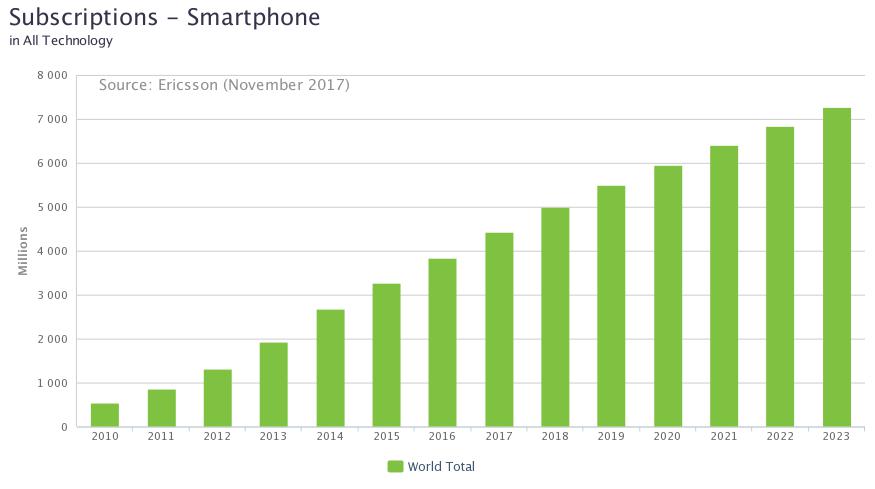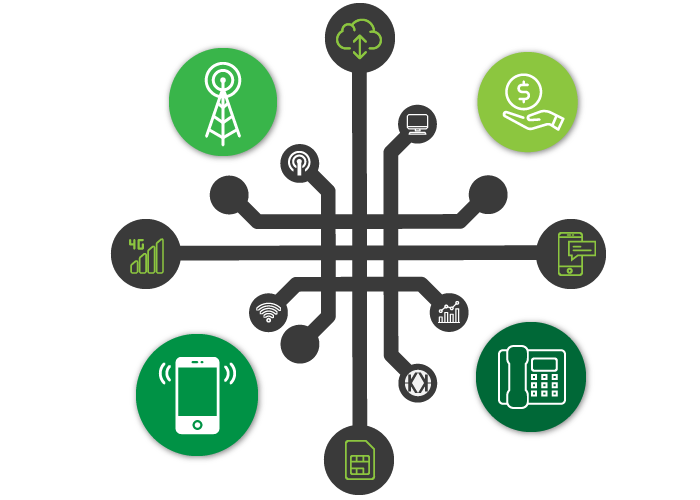With the rapid popularization of mobile telephony, call centers and other companies that operate in a massive way through this channel are faced with the challenge of controlling the costs of telephone calls, as their infrastructure was only prepared to handle calls to fixed terminals. “A solution that has proven to be very effective is the use of GSM gateways to define lower-cost routes,” says Rafael Nahid, Khomp’s Sales Consultant.
This strategy works with two or more SIM Cards installed. Some gateways are capable of choosing which carrier will be used in a smart way, according to previously configured criteria. “For example, some carriers offer free calls between their subscribers. Based on this information, when the gateway detects that the destination of the call is a line provided by carrier X, it automatically originates the call from the SIM Card of the same carrier”, he explains.
It is also possible to program the tool to take into account criteria such as control of minutes of contracted plans, among other parameters. “Another interesting application is the use of analytical tools to achieve maximum performance for the operation,” advises Nahid.
For those who still think that the adoption of this infrastructure can be further postponed, it is worth checking out the results of the Mobility Report survey, performed by the Swedish company Ericsson. The survey found out that the number of subscriptions to smartphone plans worldwide grew from 541 million in 2010 to 4.4 billion in 2017. By 2023, this amount is expected to reach 7.27 billion.

SIP and landlines
In addition to optimizing GSM call costs, using the gateway for lower-cost routes can improve the operational and economic performance of voice-over-IP calls. “SIP-SIP routing can be used to interconnect multiple VoIP carriers, using criteria such as route quality, cost, region, among other metrics.”
Another interesting strategy is to use the feature to simplify the interconnection between dialers, IP PBX devices, and gateways within a SIP infrastructure.
Regarding the application of this strategy to reduce the cost of calls between landlines, Nahid recommends establishing a network of gateways in different locations. “Imagine the following scenario: Company X has one device installed in area code 11 (gateway A) and another in area code 31 (gateway B). When a gateway A user dials to a line with area code 31, it routes the call and forwards it to gateway B, making it a local call instead of a long-distance call, thus reducing costs. ”
It is worth noting that the use of this resource is not an exclusivity of large operations. “There are media gateways intended for small and medium businesses that enable the exchange of calls via GSM and analog channels”, he points out.
Reference:
https://www.ericsson.com/en/mobility-report
